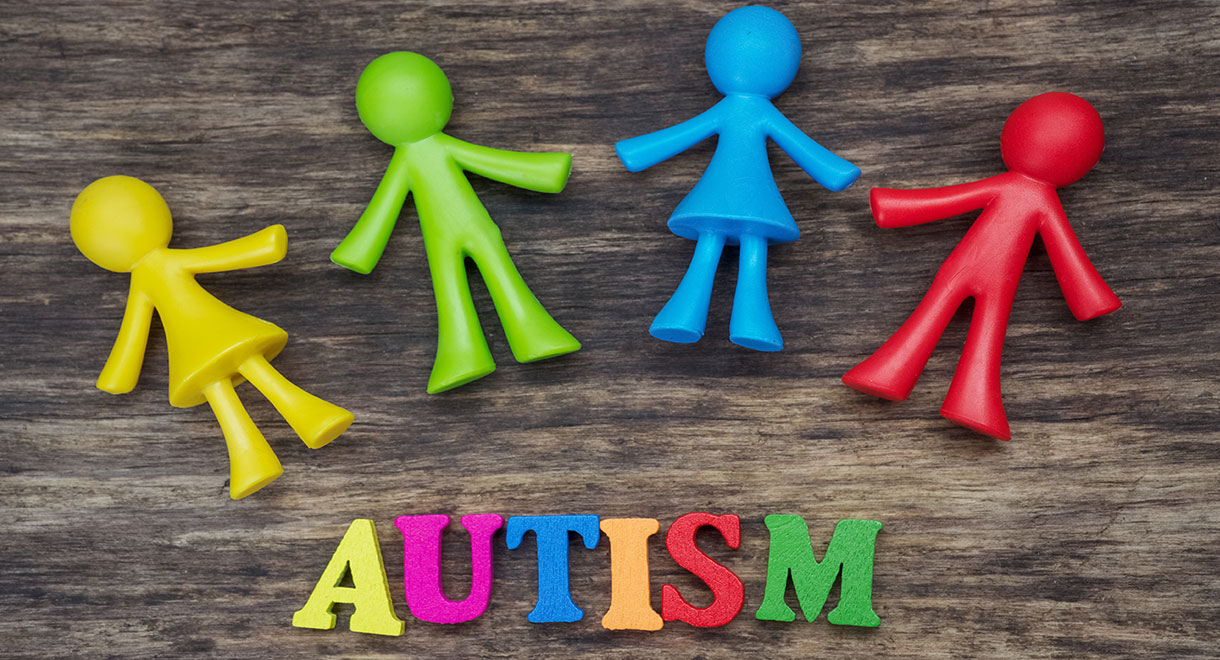

Autism Link With Heavy Metals
Autistic children have more lead in their baby teeth than children without autism. This interesting finding comes from a study conducted by the NIH (National Institutes of Health). The autistic children also had lower levels of the beneficial minerals zinc and manganese in their teeth.
This study recruited twins, in order to control for genetic influences and instead focus on possible environmental contributors to autism. The results were published in the June edition of the journal Nature Communications and found that differences in early life exposure to specific metals, and how the child’s body processes them, may affect autism risk.
Interestingly, the differences in toxic metal absorption between children with and without autism were particularly important in the months just before and after the children were born. Researchers determined this by using lasers to view the growth rings in baby teeth generated while the babies were developing.
According to one of the researchers, Cindy Lawler, Ph.D., head of the NIEHS Genes, Environment, and Health Branch, “We think autism begins very early, most likely in the womb, and research suggests that our environment can increase a child’s risk. But by the time children are diagnosed at age 3 or 4, it’s hard to go back and know what the moms were exposed to. With baby teeth, we can actually do that.”
Excess exposure to lead is extremely harmful to everyone, but particularly rapidly developing babies. It can have significant effects on the development of their brain and nervous system, and certainly impairs the child’s future intellectual abilities. It’s not just the level of lead a child is exposed to though; how well they detoxify lead from their bodies is important. Many researchers have found that autistic children do not break down and excrete toxins efficiently. This means a range of harmful metals and other poisons can accumulate in their bodies.
Reference
Know someone who might benefit from this article? Share it!
Need Help?
1-888-75-LIVER
Monday to Friday, 9:00 am to 5:00 pm MST
100%
Satisfaction Guaranteed
If it’s faulty or wrongly described, we’ll replace it.










